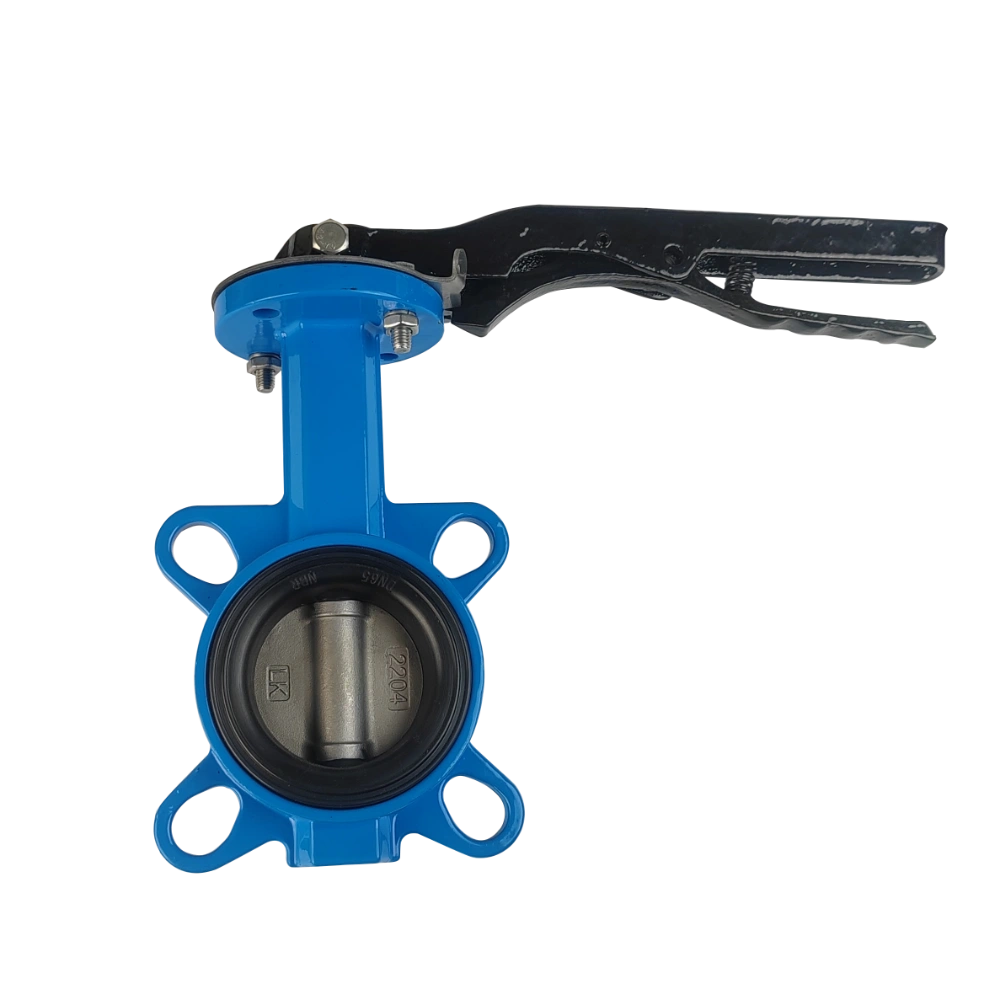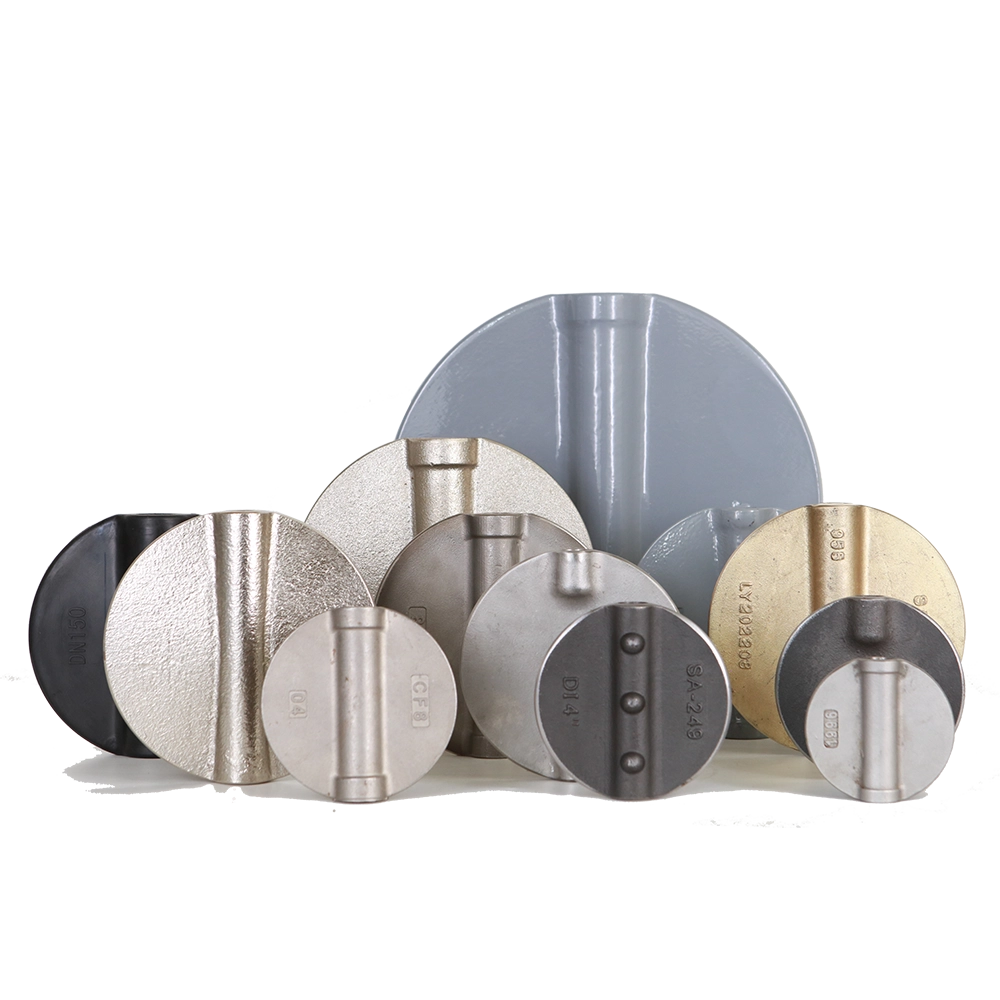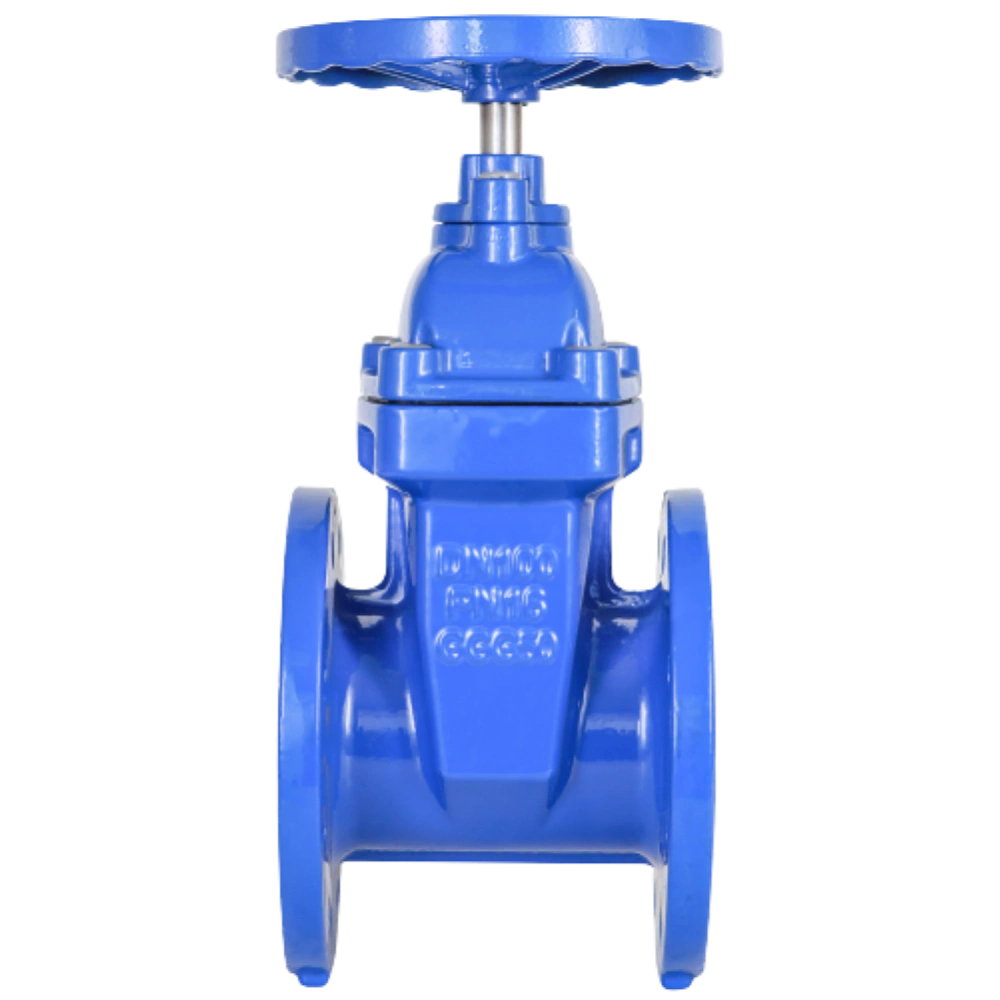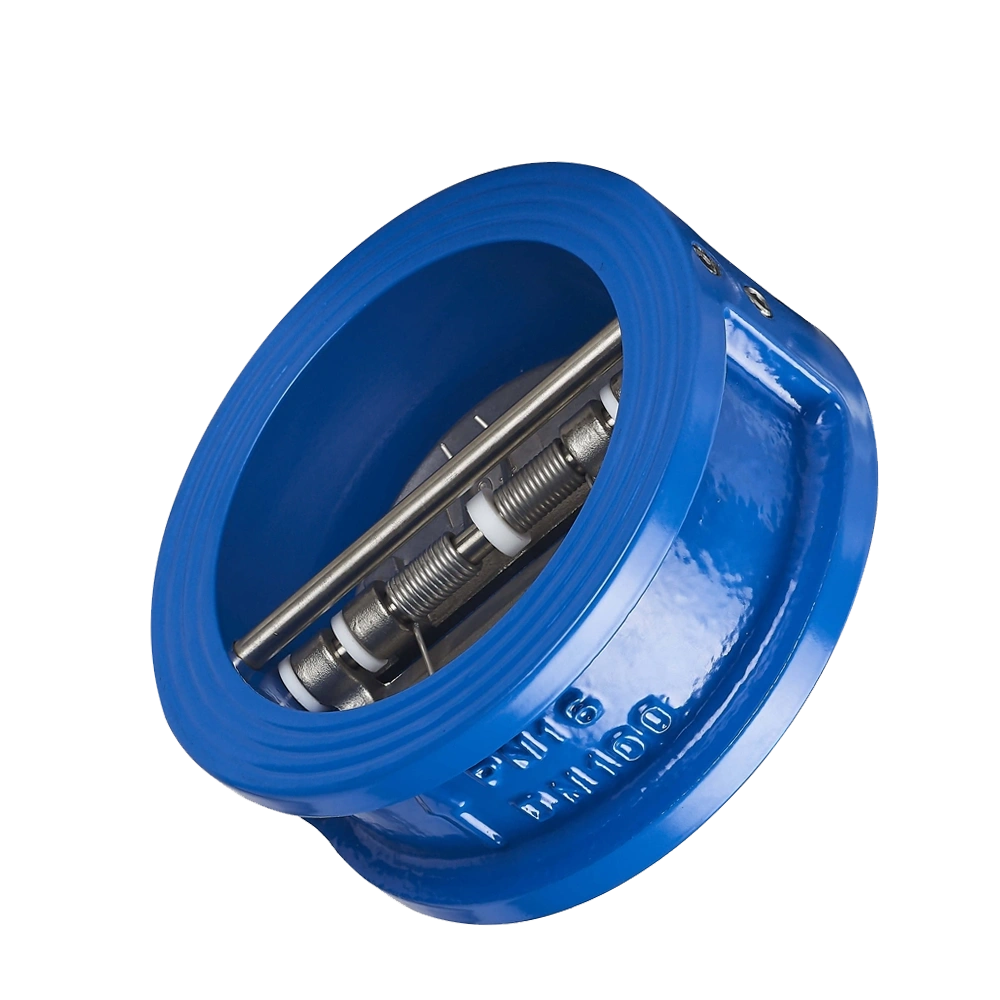Introduction:
Both gate and butterfly valves are essential parts of fluid control systems, but they look and work differently. Gate valves use a disc that moves in a linear motion, like a gate, to shut off flow precisely. This makes them perfect for situations that need total isolation. Butterfly valves are quick to use and don’t cost much, so they’re suitable for cases where changes need to be made often. This review looks at their uses, differences in pressure drop, cost, and ability to isolate, as well as their pros and cons. Gate valve VS butterfly valve, what are the differences? If you understand these differences, you can choose between gate and butterfly valves based on your operational needs.
Valve Operation and Design: Linear VS Rotary Motion
Gate Valve: Linear Motion with a Gate-like Disc
Gate valves operate on a linear motion principle, featuring a gate-like disc that moves perpendicular to the flow direction. When fully open, the gate retracts into the valve body, creating an unobstructed passage for fluid flow. Conversely, when fully closed, the gate is positioned to block the flow entirely. The linear motion design of gate valves allows for precise control over fluid flow. Gate valves are ideal for tight shut-off needs in pipelines for oil, gas, and other important industrial processes.
Butterfly Valve: Rotary Motion Using a Disc at the Center of the Pipe
In contrast, butterfly valves employ a rotary motion mechanism. A disc, typically positioned at the center of the pipe, is connected to a shaft. When the valve fully opens, the disc aligns parallel to the flow direction, enabling maximum fluid passage. Conversely, rotation to a perpendicular position closes the valve, obstructing the flow. The rotary motion design of butterfly valves facilitates quick and efficient control. This feature makes butterfly valves suitable for applications requiring rapid adjustments and frequent operation. Butterfly valves help HVAC systems and water treatment plants manage fluid flow dynamically. The simplicity of the design contributes to their cost-effectiveness and ease of use in various industrial settings.
Pros and Cons of Gate VS Butterfly Valve
Gate Valves
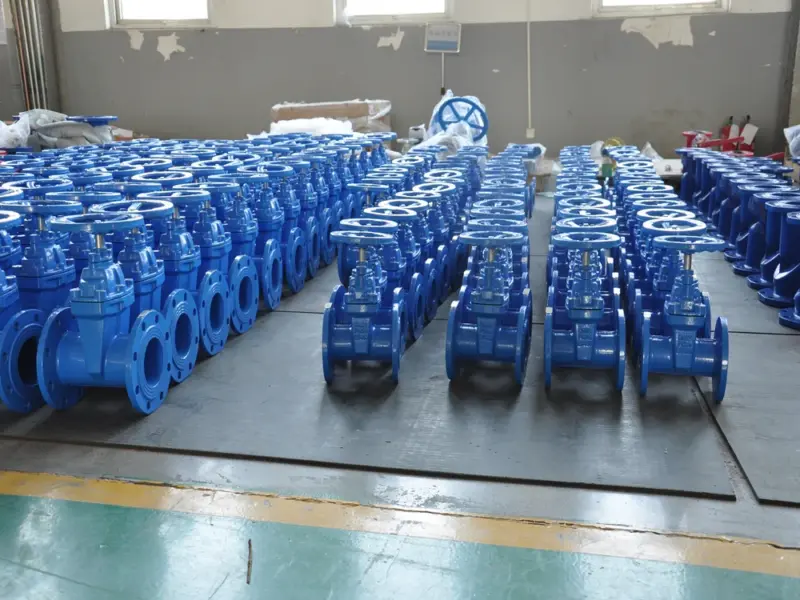
Pros:
- Proficient abilities in the process of turning off
- Applications that involve high pressure are suitable for usage with this product.
- Equipped with the ability to resist extreme temperatures
- Capable of working with viscous fluids and slurries simultaneously
- Extremely long period of service
Cons:
- Pressure drop that is greater than average
- It comes at a higher price.
- In addition to the longer opening and shutting durations, certain applications are more likely to become blocked. The installation process requires a larger quantity of space.
Butterfly Valves
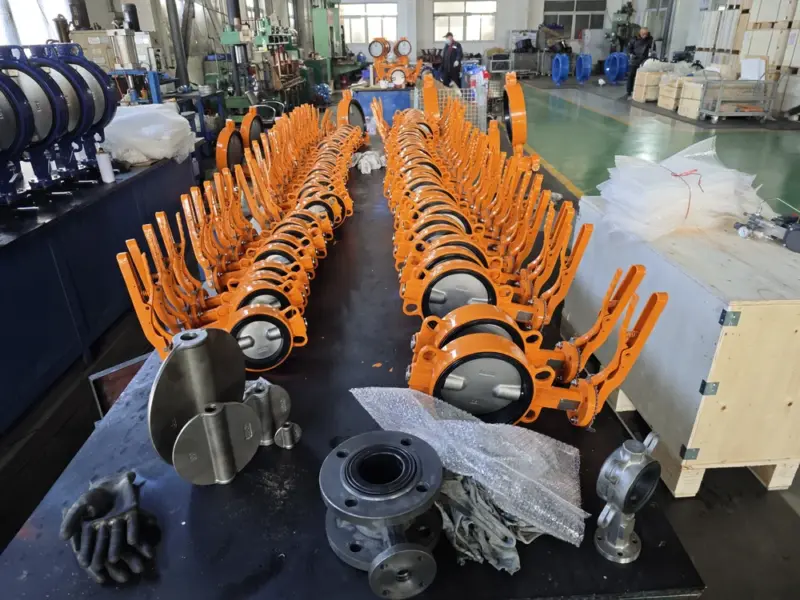
Pros:
- Operation that is both quick and uncomplicated
- Reducing the pressure drop is the goal.
- Able to support financially
- Comfy and compact in size.
- For pipes with a large diameter, it is an appropriate choice.
Cons:
- Having capabilities for isolation that are not as effective as others
- Temperature and pressure ratings that are restricted in their current values
- There will likely be wear and tear. For slurries and other viscous fluids, it is not an appropriate choice.
- This means that there is a chance of leakage when it is closed.
Key Differences between gate valves vs butterfly valves
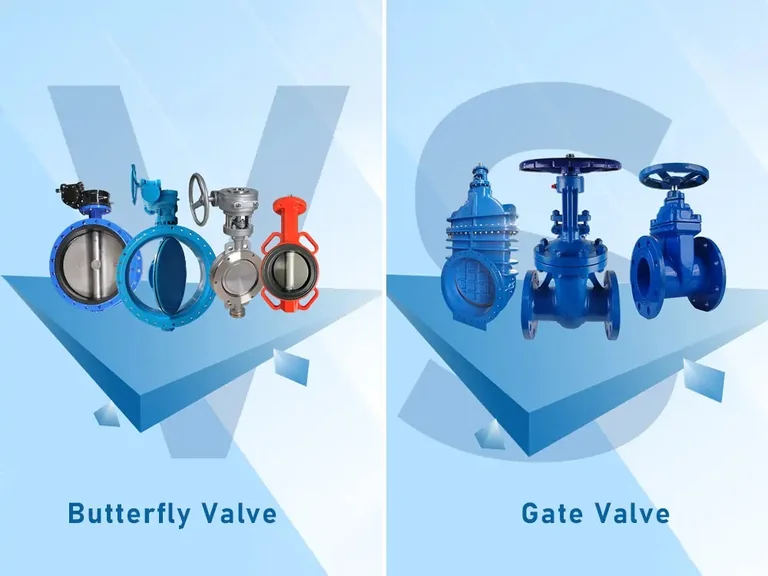
-
Gate valve VS butterfly valve Application
A tight shut-off is often needed in situations where gate valves are used. Because they can seal, they are good for gas and oil pipes, chemical factories, and power plants that can’t leak. They are also better for slurries and thick fluids because the gate design keeps them from clogging.
On the other hand, butterfly valves are often used when they need to be used quickly and often. Because they are simple and can be slowed down, they work great in HVAC systems, water treatment plants, and food processing. Using butterfly valves instead of gate valves in large-diameter pipes is also better because they are cheaper.
-
Pressure Drop Comparison between butterfly valves VS gate valves
Gate valves generally have a higher butterfly valve VS gate valve pressure drop. The gate design creates turbulence and resistance in the flow, resulting in a higher pressure drop across the valve. This increased pressure drop can impact the system’s overall efficiency, especially in applications where energy conservation is a priority.
On the other hand, Butterfly valves have a lower pressure drop due to their streamlined design. The disc of a butterfly valve creates minimal resistance to the flow, allowing for a more efficient transfer of fluids. This lower pressure drop makes butterfly valves suitable for applications where maintaining a high flow rate is essential.
-
Gate valve VS butterfly valve cost
Regarding cost, butterfly valves are generally more cost-effective than gate valves. The simpler design and fewer components of butterfly valves make them less expensive to manufacture and maintain. Additionally, butterfly valves require less space for installation, resulting in lower installation costs.
Gate valves, on the other hand, are more expensive due to their complex design and additional components. The gate mechanism requires precision machining, which adds to the manufacturing costs. They also require more space for installation, increasing the overall cost of the system.
-
Butterfly VS gate valve for isolation
Gate valves are known for their excellent isolation capabilities. Gate valves provide a tight seal when fully closed, blocking fluid flow. This makes them ideal for applications requiring complete shut-off, such as in emergencies or when maintenance work needs to be carried out.
Butterfly valves, although they can provide a good seal, are not as effective as gate valves regarding isolation. The disc design of butterfly valves does not allow for a complete shut-off, and there is always a small amount of leakage when the valve is closed. This makes butterfly valves less suitable for applications that require absolute isolation.
-
Gate Valve VS Butterfly Valve Maintenance
Because gate valves are known for having a complicated design with many parts, they may need to be serviced more often. This demand is largely caused by the complex assembly, wear and tear on the sliding gate, the need for lubrication, and the integrity of the seal. These things must be carefully looked at and inspected regularly to get the best performance.
Butterfly valves, characterized by their simpler construction, generally offer easier maintenance. These valves are easy to access and check because they have fewer parts and wear spots. Because they are less complicated, problems are easier to spot, and if they do break, butterfly valves are usually easier to take apart and fix. Because they are so simple, they are a good choice for situations where easy upkeep is important.
-
Gate Valve VS Butterfly Valve Size and Weight
Gate valves are easier to spot because they are bigger and heavy. The design, which usually includes a sliding gate or wedge device, makes the valve strong but big. Due to this feature, gate valves can be used in situations where weight and area are not very important. In cases where precise flow control and a strong valve structure are important, the extra bulk of gate valves may be a fair trade-off.
On the other hand, butterfly valves are known for being small and light. The design uses a rotating disc (butterfly) inside the pipe to slim the construction and take up little room. Butterfly valves are naturally better than other valves, making them especially useful when room and weight are limited. Butterfly valves are easier to install, transport, and handle because they are smaller and lighter. This makes them the best choice when a light solution takes up little room is needed.
Choosing between gate valve VS butterfly valve for Different Scenarios
When deciding between a butterfly valve and a gate valve, it is essential to consider the specific requirements of your application. Here are a few scenarios where one type of valve may be more suitable than the other:
- If you require tight shut-off and isolation capabilities, gate valves are the better choice.
- For applications that involve quick and frequent operation, butterfly valves provide ease of use and cost-effectiveness.
- In high-pressure systems, gate valves can handle the demands better than butterfly valves.
- If you are working with slurries or viscous fluids, gate valves are more suitable due to their resistance to clogging.
- For large-diameter pipelines, butterfly valves offer a more cost-effective solution.
Choosing between butterfly and gate valves depends on your specific needs and priorities. Consulting with a valve expert can help you decide based on your application requirements.
Conclusion:
Gate valves and butterfly valves are two distinct types of valves that offer different features and benefits. Gate valves provide tight shut-off and isolation capabilities, making them suitable for applications that require complete flow blocking. On the other hand, butterfly valves are quick and easy to operate, cost-effective, and ideal for applications that involve frequent operation and where tight shut-off is not critical. Understanding the key differences between these valves and considering your application’s specific requirements will help you choose between gate valves and butterfly valves.

